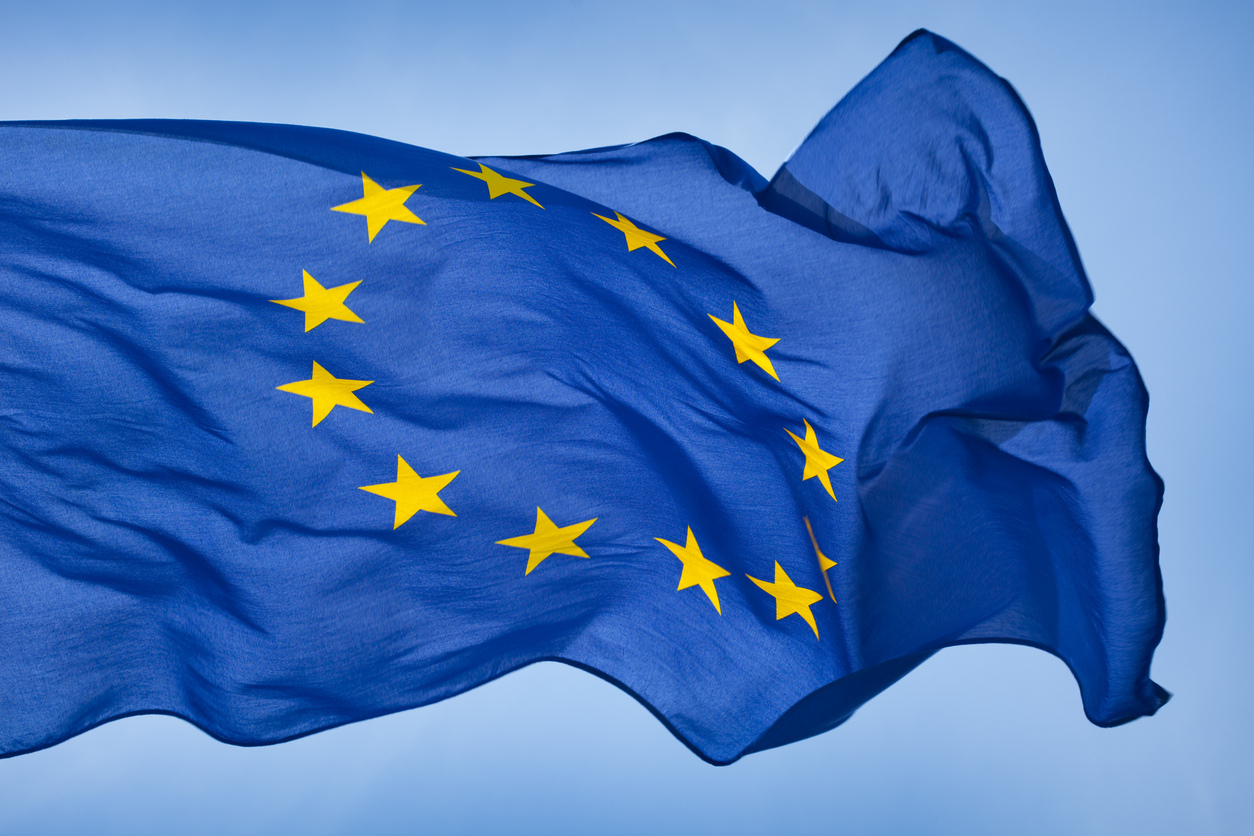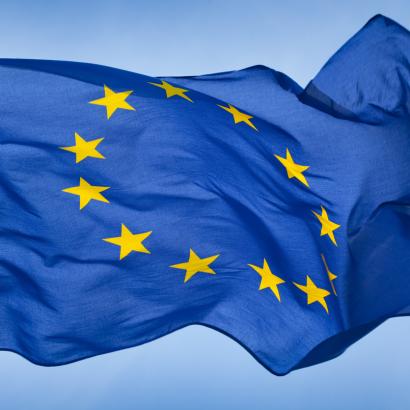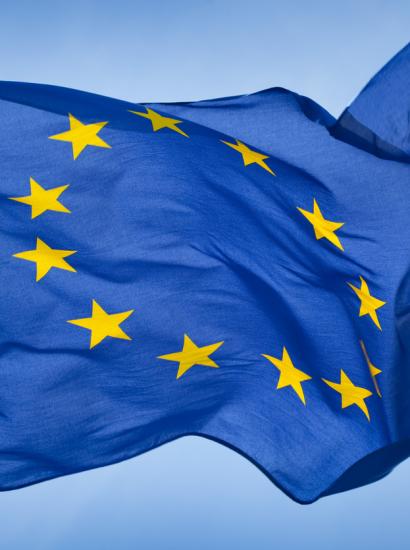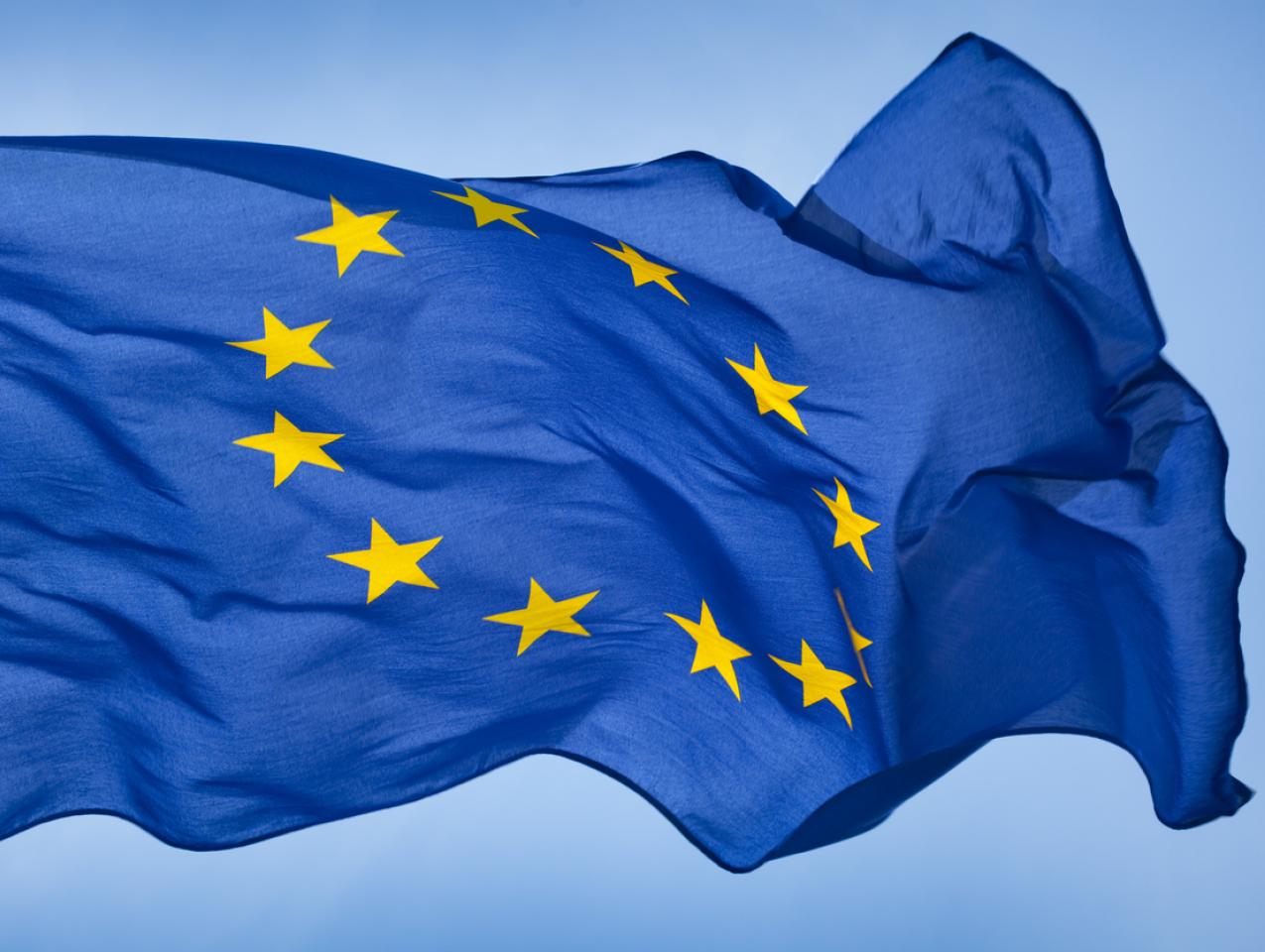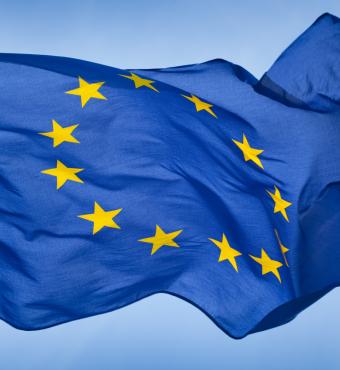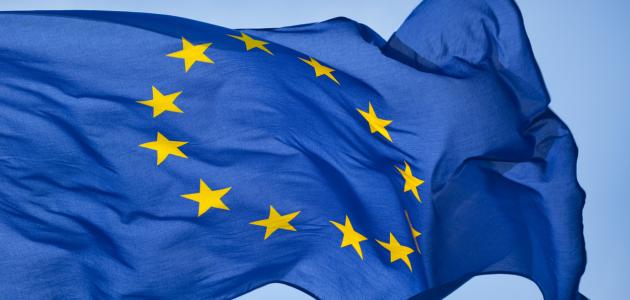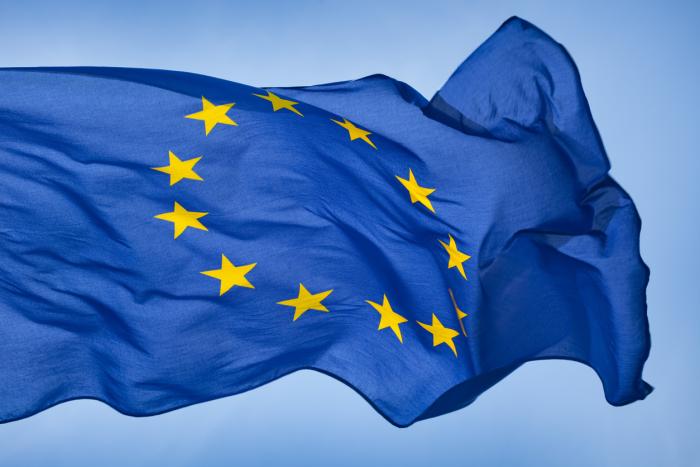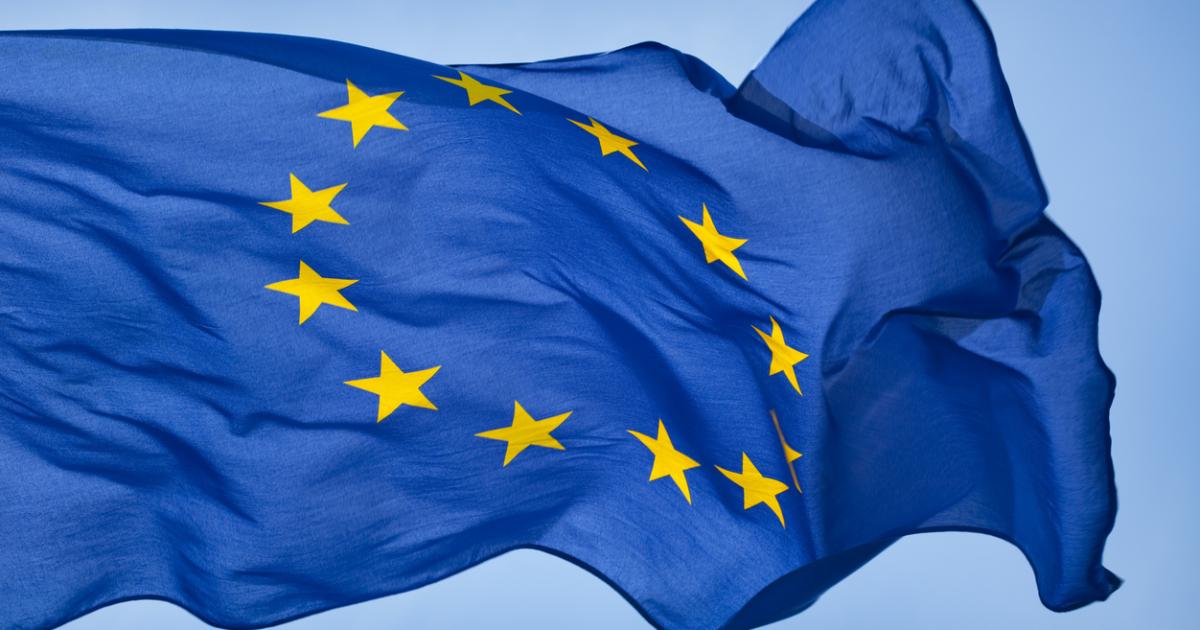In the past decade twenty-nine million immigrants, both legal and illegal, arrived in Europe, straining the Continent’s already overstretched and largely dysfunctional immigration system.[1] In 2023 alone some four-and-a-half million immigrants entered Europe—three-and-a-half million legally, one million illegally.[2] Illegal migrants entering Europe in 2023 came predominantly from Africa and the Middle East, with Syria the leading country of origin, followed by West Africans and Afghans. The mass migration of Ukrainians in 2022 following the second Russian invasion has added to the pressure, with the UNHCR estimating that as of early 2024 in total some 6.5 million Ukrainian refugees have left the country.[3] In reality, the actual number of Ukrainians fleeing the war is likely closer to 10 million, considering that today only somewhere between 27-30 million people are believed to remain in Ukraine. To appreciate the sheer magnitude of Ukrainian migration into Europe one should remember that in 1991 on the day of its independence Ukraine had a population of about 52 million, while on the eve of the Russian invasion in 2022 the country’s population was estimated to be about 40 million.
As a result of the mass inflow of people into Europe, immigration has emerged as arguably the defining driver of European politics today. Concerns about crime rates and public safety, as well as the inadequate policies to foster acculturation and integration, have fueled public discontent across Western Europe and Scandinavia, with the latest riots in the United Kingdom but the most recent manifestation of the political pressure building across the Continent. To make matters worse, Europe’s asylum laws have not been updated for about twenty years, and so during the 2015 migrant surge they effectively imploded. At the same time, the expansion of the Schengen Area has made entry into each country on the Continent effectively synonymous with entry into Europe as a whole. Since 2015 public anger over the scope and the attendant cost of continuing mass immigration has energized anti-immigration fervor both among the established political parties and the newly empowered formerly marginal movements. A case in point: during the 2022 German state elections, the Alternative für Deutschland (AfD) with its strong anti-immigration stance made significant gains in Hesse and Bavaria—widening its influence from the five eastern Länder. The AfD continues to morph into a national party, having already eclipsed the SPD in popularity to rank as the second largest party in Germany.[4] For its part and responding to public pressure over migration, the “traffic light” coalition of the SPD, the FDP and the Greens vowed to accelerate repatriation agreements with third countries and cut social payments for asylum seekers. It has also sought to block the movement of refugees from the island of Lampedusa in Italy to Germany, while working to establish an EU-wide agreement on migrant relocation to other member-states.
To address Europe’s deepening migration crisis, in May of 2024 the European Union adopted a new migration pact, the so-called Pact on Migration and Asylum which outlines how the member-states will handle people trying to enter the EU illegally. The key provisions include screening asylum applicants at the point of entry and immediate deportation once the asylum claim has been denied. The most contentious portion is the so-called mandatory solidarity mechanism, which empowers the EU to relocate at least 30,000 migrants each year, with receiving member states compelled to admit and care for a specified number of asylum seekers. Nations that refuse to accept migrants will be charged 20,000 euros per migrant.[5] Debates about the relative fairness and effectiveness of the changes in the EU plan to deal with migration aside, most of the new laws will not be implemented until 2026, bringing no immediate relief to the most affected countries.
The declining fertility rates across the Continent and immigrant-driven growth of Europe’s populations, taken together with strains associated with acculturation and religious differences among communities, make designing a workable immigration policy a key priority for the European Union. The problem of border control and asylum laws—though seemingly intractable—pales in comparison with the stresses associated with the aging populations across Europe and with integration and acculturation of non-European immigrants, especially those from Muslim countries. The ethnic map of Europe is changing. Estimates vary, but it is generally accepted that some 25 million Muslims live today in the 28 EU member states. Declining fertility rates across Europe are intertwined with the question of migration. For instance, since 2008 when 4.68 million children were born, the total fertility rate in Europe has been below replacement rate, with 1.46 live births per woman registered in the EU in 2022, roughly a million fewer births than in 2008.[6] By comparison, in 1960 Europe’s birthrates stood at close to 7 million per year.[7] Against those EU averages, one analysis of current trends conducted by Pew Research Center in 2017 showed that a Muslim woman in Europe had on average 2.6 children, a full child more than an average non-Muslim woman that year.[8] Today the largest Muslim populations in Europe center in France, Germany, the United Kingdom, Italy, the Netherlands, Spain, Belgium and Sweden, where the question of how to integrate those communities remains front and center in those countries’ politics.
The migration crisis is likely to continue to drive a wedge between Europe’s policy elites and the increasingly disaffected and restive publics, especially in the most impacted countries in southern and western Europe. Terrorist attacks in Europe by Islamist extremists, especially those in Madrid and London, and the cases of radicalization of native Muslim Europeans have contributed to mistrust and public anger. The cultural stresses are keenly felt already, with politicians opposed to continued mass immigration into Europe arguing that migration – especially from Africa and the Middle East – is remaking the ethnic and cultural map of the continent from one that for over two millennia was steeped in the Judeo-Christian tradition into a multicultural and multi-confessional space. This is likely to remain the central – if often avoided topic – as European elites increasingly shy away from discussions of national identity and culture as foundational to societal cohesion and resilience. Hence, Europe will likely continue to face the daunting dual challenge of, on the one hand, coming up with administrative solutions to stem or at least reduce the flow of migrants, and at the more fundamental level, to address the cultural dimension of change that immigration, especially from the Middle East and Africa, continues to put front and center of European political debate.
The aging of populations across Europe adds an economic dimension to the question of migration policy, with the need to import labor a likely imperative going forward. The overarching issue that European leaders will have to face sooner rather than later is about the end-state of the European project, i.e., whether the EU is to remain a treaty-based organization of sovereign national states, or if it will morph into a centralized entity where national traditions and cultures yield to a set of superimposed rules and regulations that are to generate a new “European identity” that would be largely normative and devoid of the erstwhile cultural context. In such a scenario, religious, historical and ethnic factors would be effectively subsumed under the institutional superstructure of the European mega-state. Since the latter solution is unlikely to come to pass, the coming years will present more of the same: escalating tensions to be managed through bureaucratic half-measures, all tied to the larger devolution of what was once considered a self-confident and geostrategically assertive Europe.
Andrew A. Michta is Senior Fellow and Director of the Scowcroft Strategy Initiative at the Atlantic Council of the United States. Views expressed here are his own.
[1] Europe’s Migration Dilemma (cfr.org)
[2] EU endorses sweeping reform to migration pact ahead of elections | AP News
[3] Ukraine Refugee Crisis: Aid, Statistics and News | USA for UNHCR (unrefugees.org)
[4] Far-right AfD emerges as Germany's second strongest party – DW – 07/07/2023
[5] What’s actually in the EU’s migration deal? – POLITICO
[6] Fertility statistics - Statistics Explained (europa.eu)
[7] Europe's fertility crisis: Which European country is having the fewest babies? | Euronews
[8] 5 facts about the Muslim population in Europe | Pew Research Center







